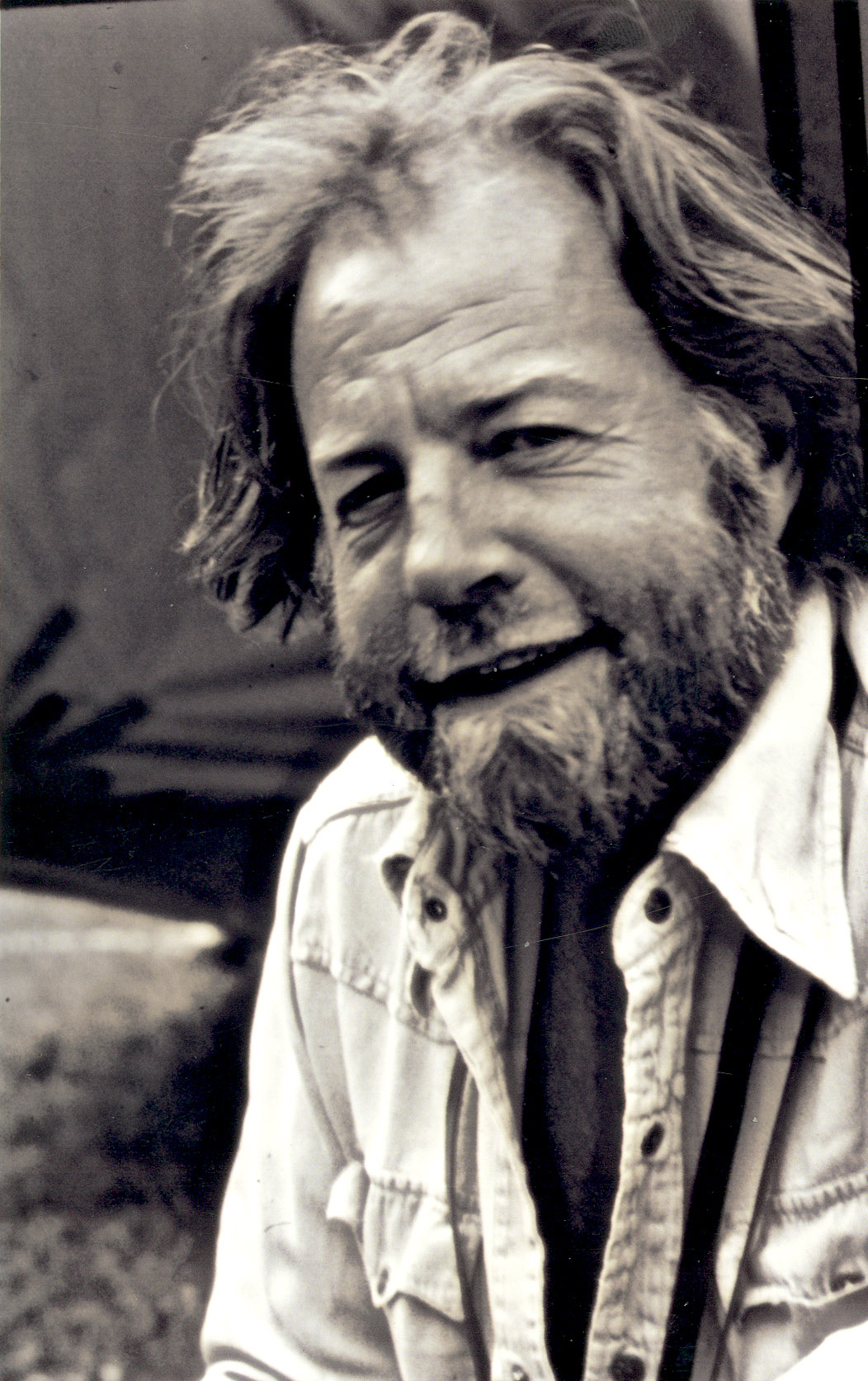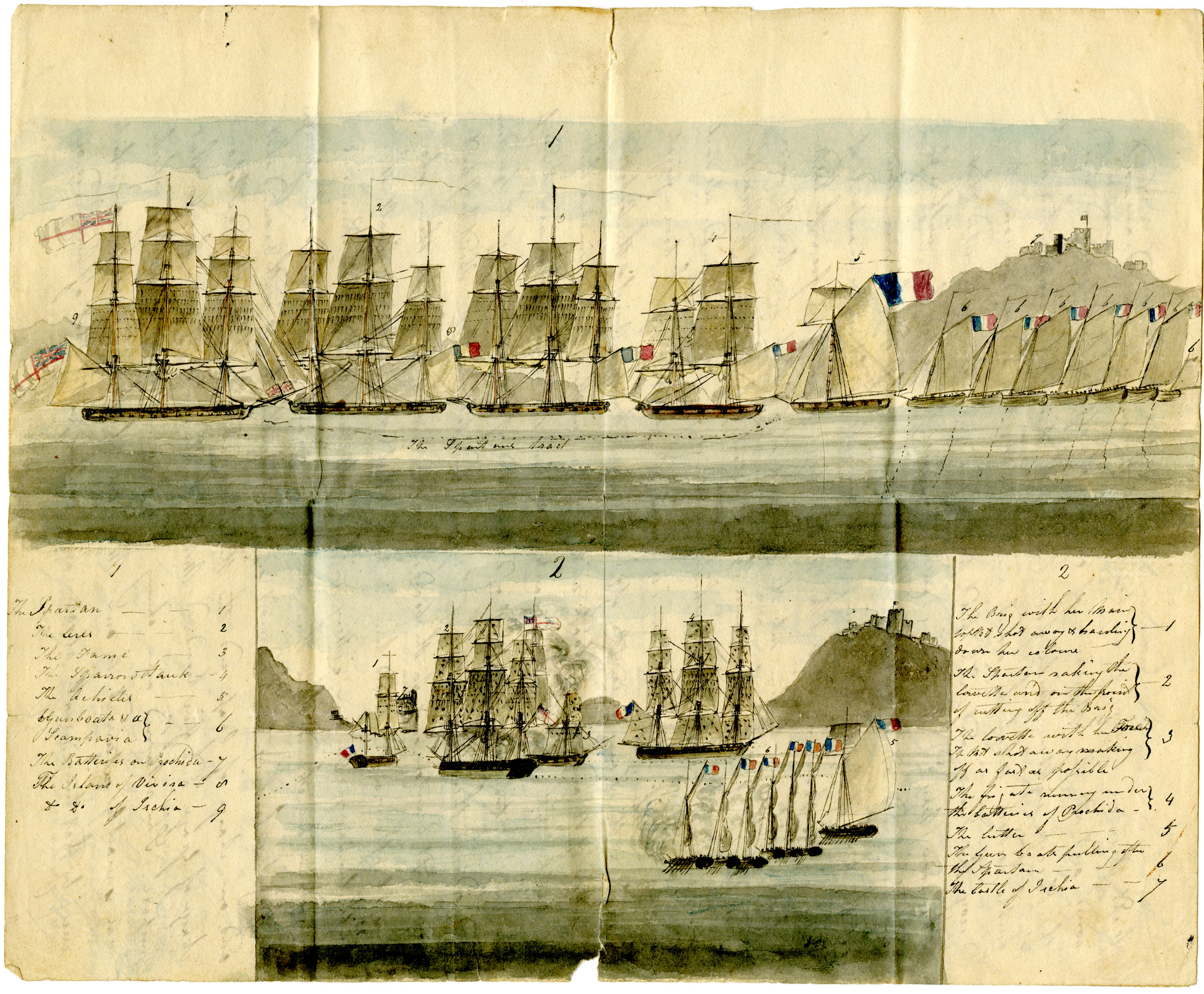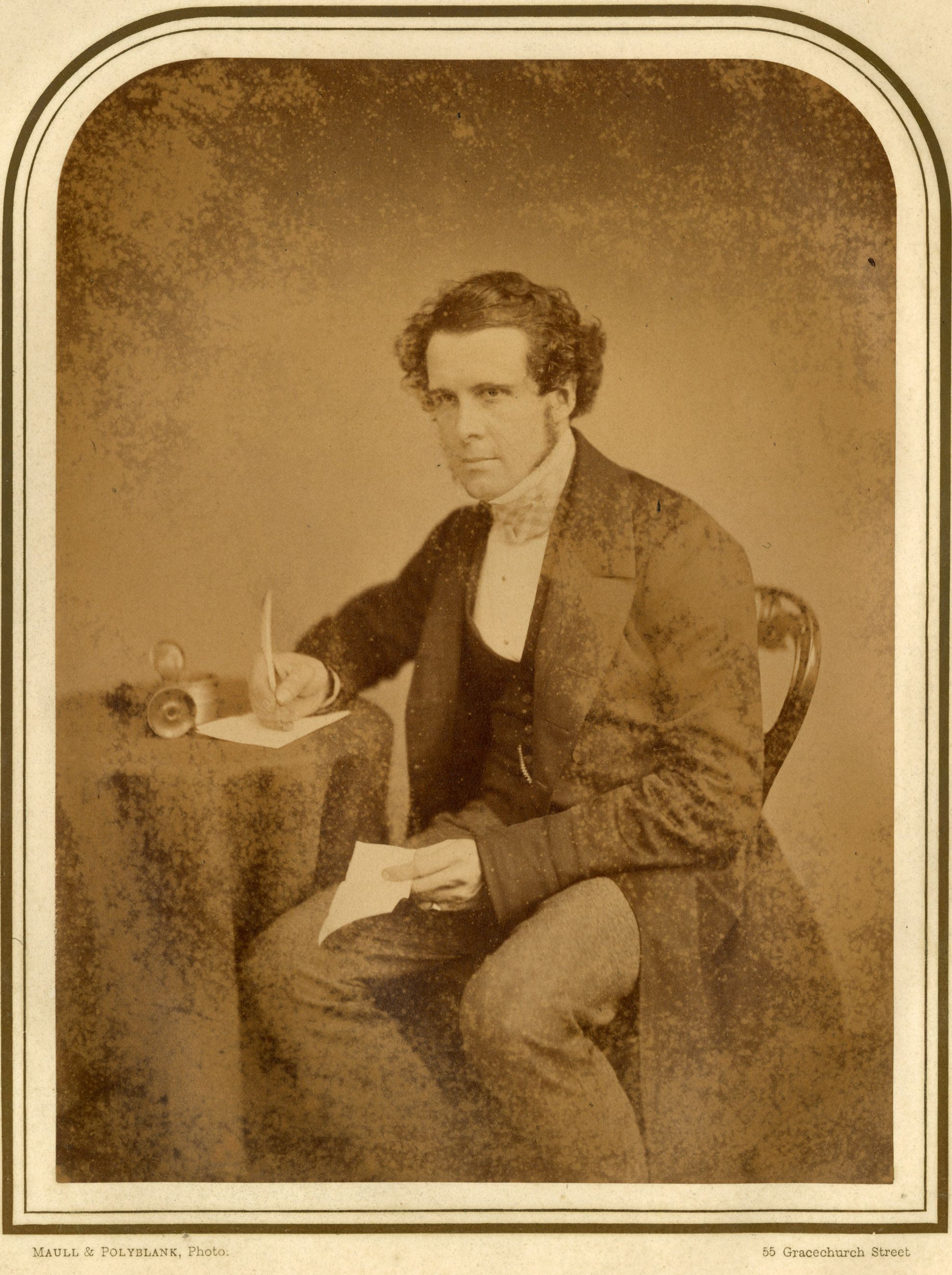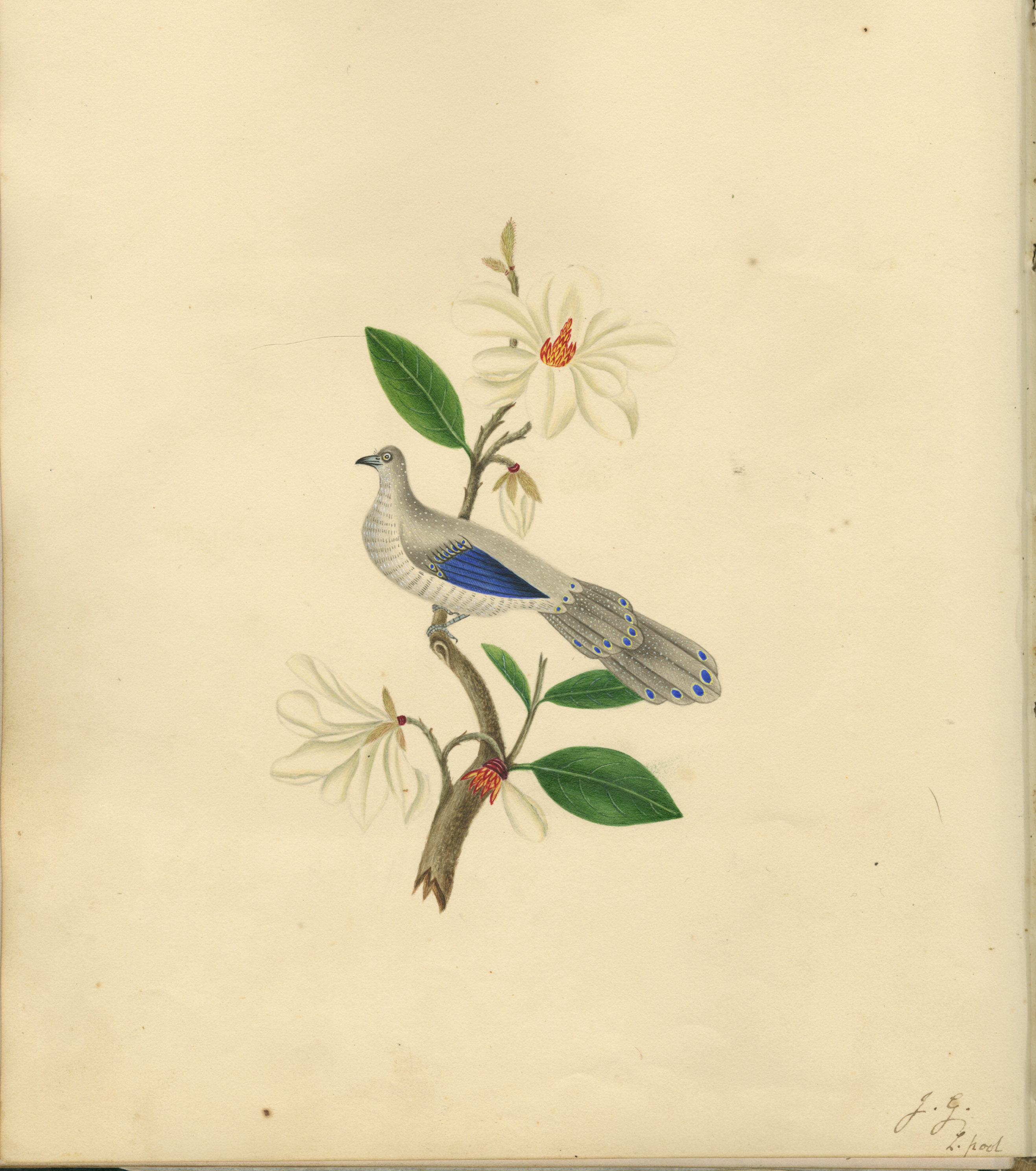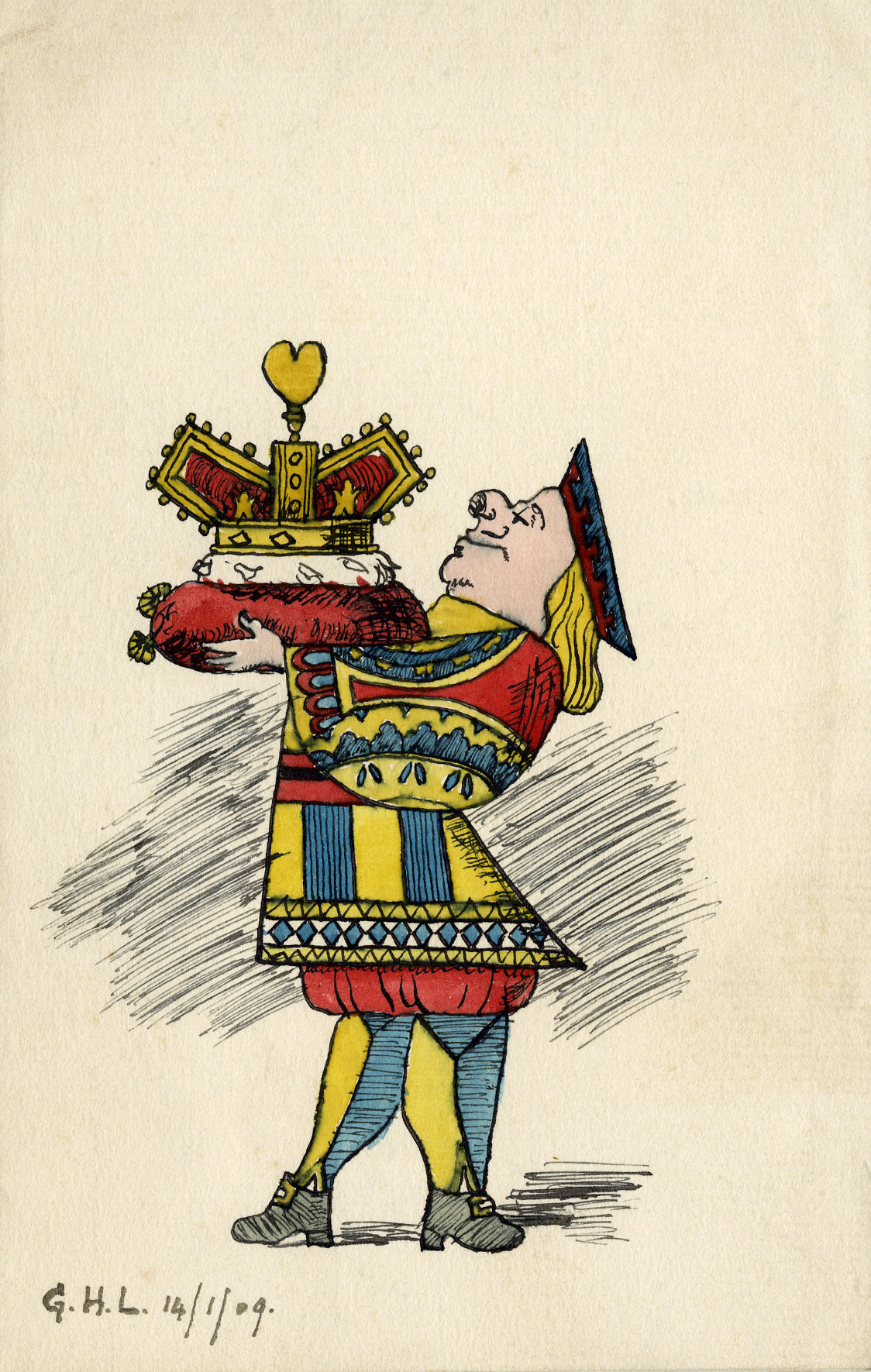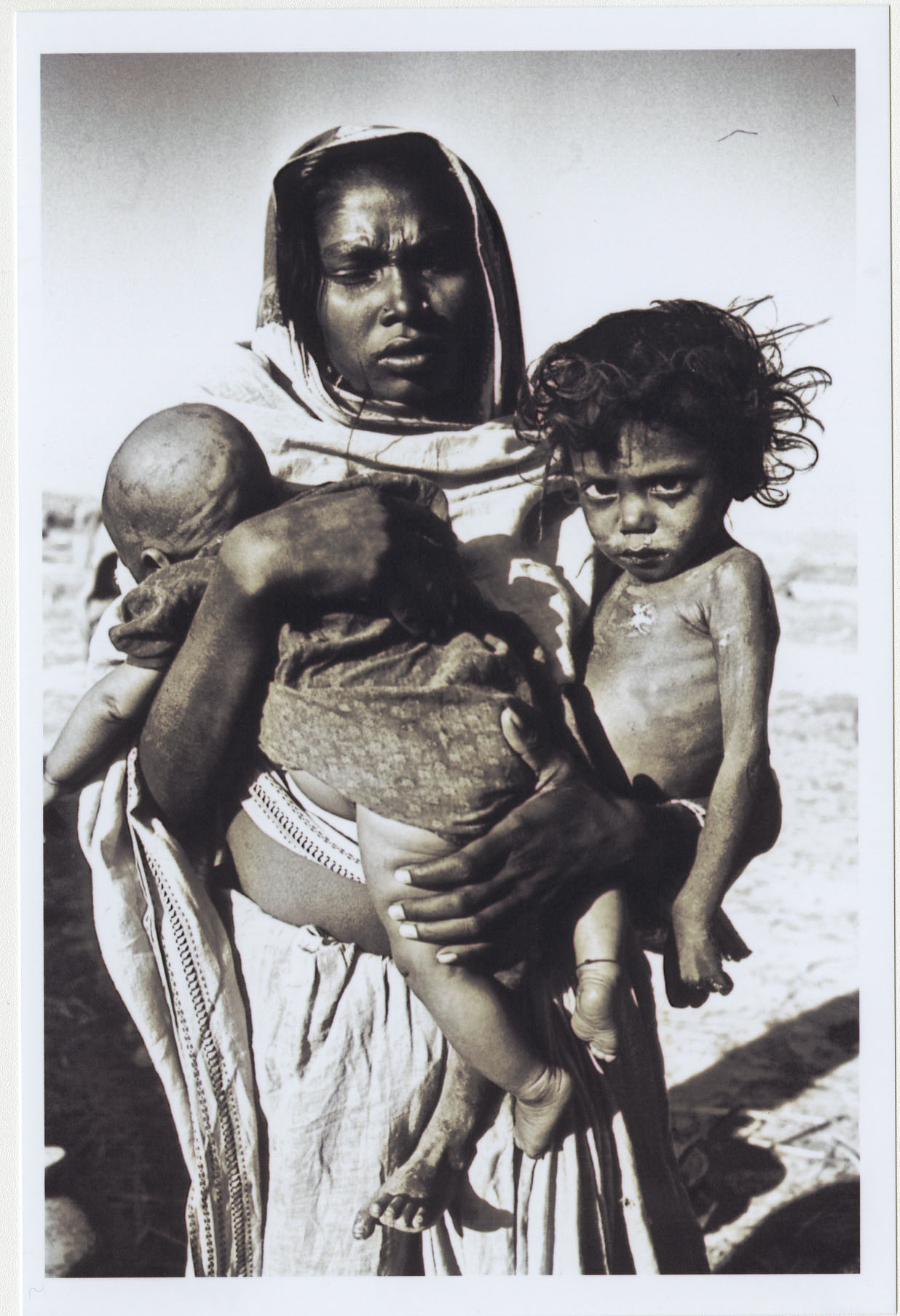Burghs in Scotland
Burghs were essentially urban settlements which enjoyed trading privileges from medieval times until 1846 and which regulated their own affairs to a greater or lesser extent (depending on the type of burgh concerned) until the abolition of Scottish burghs in 1975.[1]
Burghs were first created in Scotland in the 12th century. Some were ancient towns already, such as Edinburgh, Perth, Stirling and Aberdeen. Others were entirely new creations, often in the shadow of a royal castle such as Ayr. By 1707 three types of burgh existed: royal burghs, burghs of regality and burghs of barony. During the 19th century two new types – parliamentary and police burghs – were created as a result of changes in the electoral system or the adoption of police acts by urban communities. In the 20th century all burghs were re-categorised into counties of cities or large or small burghs until they were abolished in 1975.
Medieval Burghs
In medieval times burghs allowed a community of merchants and craftsmen to live and work outside the usual constraints of the feudal system, largely exempted from the administration and jurisdiction of a local lord and having a monopoly of trade in the area. In return for these freedoms each burgh paid large sums of money to its creator (the crown, an abbot, a bishop, or a secular baron).[2]
Royal Burghs
Royal burghs were created between the 12th century and 1707 and represented the establishment of a direct relationship between the crown and the burgess class of the community, who were largely merchant traders or craftsmen. The creation of a royal burgh granted various freedoms to the town including the right to have a merchant guild, the freedom to elect a town council, the right to hold a burgh court and to build defensive walls and gates. Most royal burghs were sea ports, and each was either created by the crown, or developed by the crown from another status, such as burgh of barony. The most important documents for each burgh were its series of burgh charters, creating the burgh then confirming the rights of the community as laid down (perhaps verbally) by a previous monarch. Each burgh was heavily taxed, and initially subject to the obligation to raise armed men for the crown on request, but in return received various privileges: burgage tenure (direct from the crown), representation in parliament and commercial privileges especially with regard to the levying of their own customs and tolls within the confines of the burgh, and in respect of foreign trade. Each royal burgh (with the exception of four ‘ineffective burghs’ – Auchtermuchty, Earlsferry, Falkland and Newburgh) was represented in the Scottish parliament and could appoint magistrates with wide powers in civil and criminal justice. By 1707 there were 66 royal burghs, and no new ones were created thereafter.
In the late 18th century and early 19th century there were growing calls for reform of the burghs. Many suffered from financial mismanagement and corruption, particularly regarding parliamentary representation, and larger towns faced problems coping with industrial pollution, sewage disposal and water supply. In 1833 elections by all qualified voters were introduced for town councils of royal burghs shortly after the extension of the parliamentary franchise.[3] Most royal burghs acquired policing powers during the 19th century, either by local acts of parliament or by adopting the general police acts (see Police Burghs for details). These provisions resulted in many burghs having both a town council and police commissioners. In 1847 burghs were allowed but not compelled to combine the dual administration of magistrates and police commissioners, so that the town council could become the sole form of local authority.[4] Royal burghs ceased to have distinctive local authority functions after 1930 and along with all other types of burghs, they were abolished in 1975.[5]
Burghs of Barony
Burghs of barony were created between the 12th century and 1846. A burgh of barony was granted to a tenant-in-chief, a landowner who held his estates directly from the crown: usually a baron or bishop or the head of a monastic house. Over 300 burghs of barony were created between 1450 and 1707, and a much smaller number thereafter. Many did not survive for long, and many others were ‘parchment burghs’: i.e. burghs erected in favour of one or more local landowners, which never developed into the market towns they hoped for.
Burghs of barony were excluded from trading overseas or retailing foreign goods until mid-17th century and were governed by a magistrate or bailie. The charter of erection of the burgh stated whether the right of electing the bailie was vested in the burgesses or in the lord of the barony and the number of bailies was also stated in their charter.
Before 1832 only royal burghs were represented as burghs in parliament. Parliamentary reform led to the erection of some burghs of barony into what came to be known as parliamentary burghs. In 1833 these burghs were required to adopt an elected magistracy and council, in terms similar to the contemporary reform of royal burghs.[6] However, most burghs of barony were effectively superseded by the adoption of police acts during the 19th century and the re-categorisation of burghs into large and small burghs in 1930.[7]
Burghs of Regality
Burghs of regality were granted by the crown to a lord of regality, i.e. one of the leading Scottish nobles who held very large estates and had wide powers in criminal and civil law. They were created between the 12th century and 1747. Burghs of regality were distinguished from burghs of barony by the fact that the magistrates had wider judicial powers. Through the regality court the lord of the regality had power to pass statutes regulating customs and taxes, heard criminal cases (using a jury of inquest as witnesses), had the power to inflict the death penalty, appointed curators for minors and dealt with property and boundary disputes and rights of way.[8] In practice, however, the distinction between burghs of barony and of regality had ceased to exist by 1747, when the regalities themselves were abolished. The most important burgh privileges, those relating to trade, were unaffected.[9]
Parliamentary Burghs.
Parliamentary burghs were created as an indirect result of parliamentary reform in 1832. Before that date only royal burghs had separate parliamentary representation. The Reform Act provided for separate representation for a number of large towns, not all of them burghs. Two towns were to have two members each (Edinburgh and Glasgow), five were to have a single member each (Aberdeen, Paisley, Dundee, Greenock and Perth), and a further 69 were arranged by locality into 14 groups, each group returning one member.[10]
In the following year, 1833, it was provided that 13 of the above towns, not being royal burghs, but now returning or contributing to return an MP, should elect magistrates and town councils, who would have all the powers of magistrates and councils in royal burghs. The towns in question were Paisley, Greenock, Perth, Kilmarnock, Falkirk, Hamilton, Peterhead, Musselburgh, Airdrie, Port Glasgow, Cromarty, Portobello and Oban.[11] These, with Hawick and Galashiels, which were added in 1886, became known as parliamentary burghs. In 1847 they were also given powers to establish commissioners for policing, street lighting, improvements, etc., which had previously been restricted to royal burghs and burghs of barony or regality.[12]
Police Burghs
Police burghs emerged out of the needs of larger burghs to deal with the provision of cleansing, sanitation, street improvements, water supplies, lighting and policing. (Note: in the 19th century “policing” refers to most municipal sanitary, improvement and police functions). Initially these powers were granted to existing royal burghs or burghs of barony or regality through private (i.e. individual) acts of parliament. The earliest was Glasgow which obtained a local act of parliament in 1800 to set up a system of policing, whereby a body of police commissioners, elected by householders, was responsible for the maintenance of paving, lighting and cleansing the streets and oversaw a police force.[13] Other Scottish burghs obtained similar local acts in the next few years, including Edinburgh in 1805.
By 1833 the demand was sufficient to justify a series of general police acts which permitted any existing burgh to establish commissioners for policing purposes through a sheriff court process without the need for a local act of parliament.[14] The 1833 and 1847 Acts applied only to existing royal burghs and burghs of barony and parliamentary burghs. The 1850 and 1862 Acts permitted the establishment of police burghs in urban areas which had previously not had any form of local government. In 1850 this was restricted to places with a population over 1200.[15] In 1862 the minimum population was reduced to 700.[16] This resulted in the creation of over 100 police burghs.
In 1892 the Burgh Police (Scotland) Act ended the anomaly where some burghs had an elected body of police commissioners and a town council by restricting powers to either one or the other. Increased public health powers were provided and only those burghs with 7000 or more inhabitants were allowed to keep their police forces, and new forces were restricted to burghs with a population of over 20,000.[17] Police commissioners were finally abolished in 1900 when a town council replaced both commissioners and burgh councils with a single town council.[18]
Corporations
During the 19th century the town council of burghs which had adopted police powers were designated as local authorities under a range of legislation. This led to the inconvenience that the town council had to meet as a distinct body acting under the relevant legislation and it was not legally competent for the town council to discuss matters relating to their powers under different legislation at the same meeting. Having a single corporate body enabled town councils to deal with their functions through committees and discuss these are council meetings.[19] Some burghs had previously set up corporations for the purposes of running gas, water, tramways or other services and obtained local acts to turn their corporations into a single corporate body. Glasgow Corporation became the corporate body for Glasgow in 1895.[20]
20th Century Large and Small Burghs
In 1930 the distinctions between police, parliamentary and royal burghs were removed and instead burghs were designated as small burghs, large burghs or counties of cities.[21] Royal burghs retained the title but there were no additional powers attached to this.
Small burghs lost many of the functions they had previously been responsible for and were required to rely on the counties for registration of births, marriages and deaths, valuation, regulation of animal welfare, public health, policing, town planning and a range of other functions.[22] They retained some functions such as building standards, burial grounds, housing and refuse disposal. Some of the smallest burghs were combined, such as Blairgowrie & Rattray.
Large burghs, with a population over 20,000, retained their existing functions, including policing, public health and mental health, roads, town planning, poor relief and registration of births, deaths and marriages. Valuation functions were transferred from county councils to the large burghs. Education, however, was reserved for the counties.
Aberdeen, Dundee, Edinburgh and Glasgow had earlier been designated counties of cities by local acts of parliament.[23] In 1930 they were given the same responsibilities as the other large burghs but additionally became education authorities.
Further reform in 1947 adjusted some boundaries and specified which burghs were large or small burghs rather than relying on the size of the population.[24] Additional functions were given to counties, counties of cities and large burghs in subsequent legislation, including responsibilities for care of children and social work.[25]
There was also provision for ‘populous places’ to apply to the sheriff to fix boundaries and declare an area to be a small burgh, and this option was taken up by five towns before 1975.[26] One of these, East Kilbride, went on to achieve large burgh status through a local act of parliament in 1967.[27]
Burghs were abolished in 1975 and replaced by a two-tier system of regional and district councils, which in turn were replaced by the current unitary local authorities in 1996.[28]
Contributors: Elspeth Reid (2021), Pam McNichol (Stirling Council Archives, 2021), Andrew Jackson (2021)
Related Knowledge Base Entries
List of Counties, Cities, Large burghs, Small burghs
Bibliography
Bell, James & James Paton, Glasgow: Its Municipal Organization & Administration (J. MacLehose & Sons, 1896)
Mackenzie, W. Mackay, The Scottish Burghs: an expanded version of the Rhind lectures in archaeology for 1945 (Oliver & Boyd, 1949)
Lynch, Michael, M. Spearmann & G. Stell, The Scottish Medieval Town (John Donald, 1988)
Pryde, George S., The Burghs of Scotland: A critical list (Oxford University Press, 1965)
Pryde, George S., Central and local government in Scotland since 1707 (Historical Association (Great Britain), 1960)
Urquhart, R. M., The Burghs of Scotland and the Burgh Police (Scotland) Act 1833 (Scottish Library Association, 1989)
Urquhart, R. M., The Burghs of Scotland and the General Police and Improvement (Scotland) Act 1862 (“The Lindsay Act”) Parts 1 & 2 (Scottish Library Association, 1991)
Urquhart, R. M., The Burghs of Scotland and the Burgh Police (Scotland) Act 1833, the Police of Towns (Scotland) Act 1850, the General Police & Improvement (Scotland) Act 1862: an introductory note (Scottish Library Association, 1992)
Urquhart, R. M., The Burghs of Scotland and the Police of Towns (Scotland) Act 1850 (Scottish Library Association, 1989)
Whyte, W. E., The Local Government (Scotland) Act, 1929 (Hodge & Co, 1929)
References
[1] Burgh Trading Act 1846 (9 Vict. c.17); Local Government (Scotland) Act 1973 (c.65).
[2] A. A. M. Duncan ‘Burghs before 1296’ An Historical Atlas of Scotland c.400-c.1600 ed. by P. McNeill & R. Nicholson (Atlas Committee of the Conference of Scottish Medievalists, 1979) pp.31-32.
[3] Royal Burghs (Scotland) Act 1833 (3 & 4 Will. IV c.76).
[4] Burgh Police (Scotland) Act 1847 (10 & 11 Vict. c.39).
[5] Local Government (Scotland) Act 1929 (19 & 20 Geo. V c.25); Local Government (Scotland) Act 1973 (c.65).
[6] Parliamentary Burghs (Scotland) Act 1833 (3 & 4 Will. IV c.77) as amended and explained by the Burghs etc (Scotland) Act 1834 (4 & 5 Will. IV c.86).
[7] Local Government (Scotland) Act 1929 (19 & 20 Geo. V c.25).
[8] Regality of Dunfermline Court Book 1531-1538 ed. by J. M. Webster & A. A. M. Duncan (Carnegie Dunfermline Trust, 1953) pp.3-5.
[9] Heritable Jurisdictions (Scotland) 1746 (20 Geo. II c. 43).
[10] An Act to amend the Representation of the People in Scotland 1832 (2 & 3 Will. IV c.65) Sch. C, D and E.
[11] Parliamentary Burghs (Scotland) Act 1833 (3 & 4 Will. IV c.77) as amended and explained by the Burghs, etc. (Scotland) Act 1834 (4 & 5 Will. IV c.86).
[12] Burgh Police (Scotland) Act 1847 (10 & 11 Vict. c.39).
[13] Glasgow City Extension and Improvement Act (39 & 40 Geo. III c.88).
[14] Burgh Police (Scotland) Act 1833 (3 & 4 Will. IV c.46).
[15] Police (Scotland) Act, 1850 (13 & 14 Vict. c.33).
[16] General Police and Improvement (Scotland) Act 1862 (25 & 26 Vict. c.101).
[17] Burgh Police (Scotland) Act, 1892 (55 & 56 Vict. c.55).
[18] Town Councils (Scotland) Act, 1900 (63 & 64 Vict. c.49).
[19] James Bell &James Paton Glasgow: Its Municipal Organization & Administration (J. MacLehose and Sons, 1896) pp. 74-75.
[20] Glasgow Corporation and Police Act 1895 (58 & 59 Vict. c.cxliii).
[21] Local Government (Scotland) Act 1929 (19 & 20 Geo. V c.25).
[22] Local Government (Scotland) Act 1929 (19 & 20 Geo. V c.25) Sch. 1.
[23] County of the City of Glasgow Act 1893 (56 & 57 Vict. c.clxxxviii); Dundee Corporation Act, 1894 (57 & 58 Vict. c.lxxiv); Aberdeen Corporation Act 1899 (62 & 63 Vict. c.lx).
[24] Local Government (Scotland) Act 1947 (10 & 11 Geo. VI c.43).
[25] Children Act 1948 (11 & 12 Geo. VI c.43) s1; Social Work (Scotland) Act 1968 (c.49) s.1(2).
[26] Local Government (Scotland) Act 1947 (10 & 11 Geo. VI c.43) s.133.
[27] East Kilbride Burgh Act 1967 (c.x).
[28] Local Government (Scotland) Act 1973 (c.65); Local Government etc (Scotland) Act 1994 (c.39).


